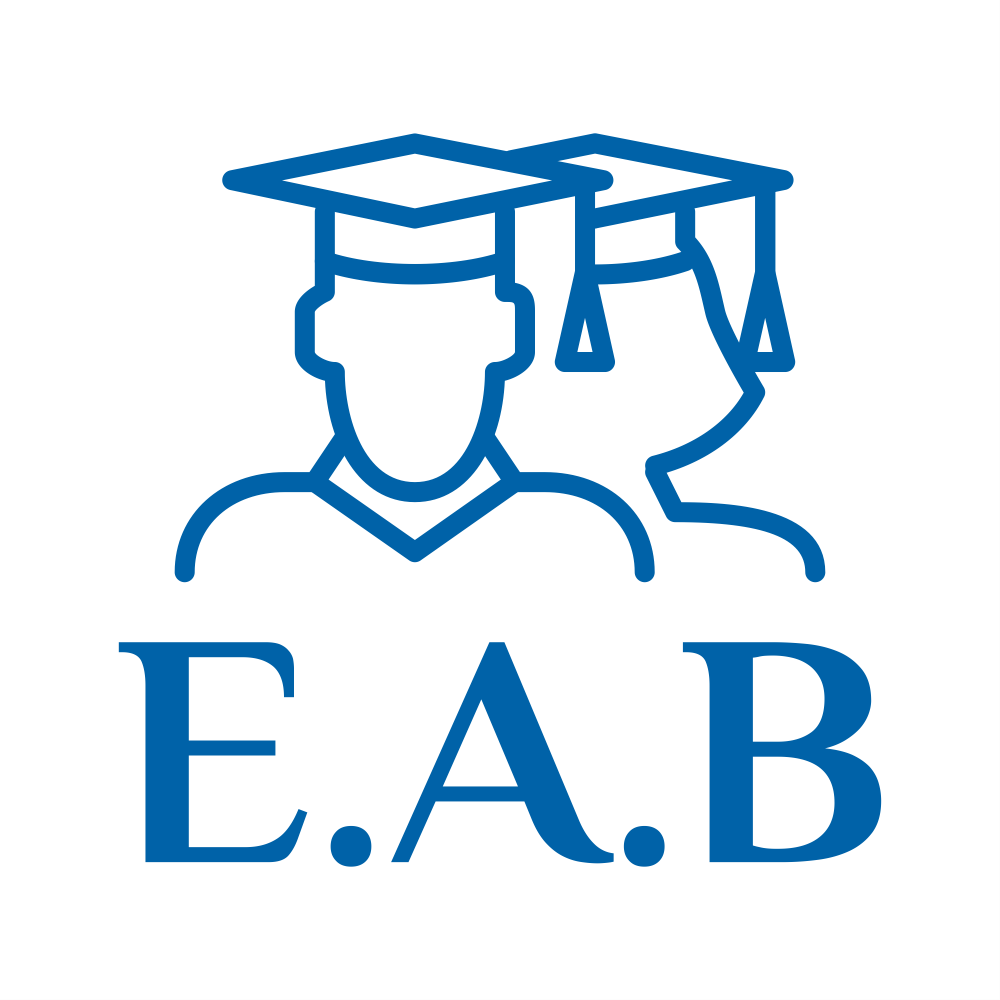Tips for Writing Original Essays
- Choose a Distinctive Topic: One of the first steps in crafting an original essay is selecting a distinctive and specific topic. Avoid well-worn subjects and instead delve into unexplored areas or unique angles within a broader topic. By choosing a topic that hasn’t been extensively covered, you’ll have more room to contribute original insights and ideas.
- Conduct In-Depth Research: Thorough research is the foundation of originality. Dive into a variety of sources, such as books, scholarly articles, reputable websites, and interviews with experts. Don’t limit yourself to the most obvious sources; dig deeper to uncover lesser-known or overlooked perspectives. The more comprehensive your research, the better equipped you’ll be to offer original analysis and interpretations.
- Develop a Strong and Provocative Thesis Statement: Crafting a strong thesis statement is crucial in establishing the direction and focus of your essay. Ensure your thesis is specific, debatable, and thought-provoking. It should express a unique viewpoint or argument that challenges existing ideas. By presenting a fresh perspective, you’ll instantly capture your readers’ attention and invite them to engage with your essay.
- Support with Compelling Evidence: To substantiate your claims and ideas, rely on compelling evidence and examples. Look beyond the most commonly cited sources and seek out lesser-known studies, statistics, and case studies that support your arguments. This demonstrates your ability to go beyond the surface and contribute original research to the topic at hand.
- Cultivate Critical Thinking: Original essays are products of critical thinking. Engage in deep analysis and interpretation of the information you gather. Question assumptions, challenge prevailing ideas, and consider alternative viewpoints. This approach will allow you to uncover fresh angles and contribute original insights to the discourse.
- Infuse Your Unique Voice and Style: Writing with authenticity and originality requires infusing your own voice and style into your work. Avoid generic or overly formal language. Instead, let your personality shine through by adopting a writing style that reflects your individuality. Be confident in expressing your ideas, and strive to engage your readers on a personal level.
- Embrace the Power of Structure and Organization: A well-structured essay enhances clarity and helps convey original ideas effectively. Start with a compelling introduction that hooks your readers and clearly states your thesis. Organize your body paragraphs logically, with each paragraph focusing on a distinct idea or argument supported by evidence.
- Edit and Revise: Editing and revising are essential steps in refining your work and enhancing originality. Pay attention to sentence structure, grammar, punctuation, and overall coherence. Trim any unnecessary content and ensure that your ideas flow seamlessly. Review your arguments for strength and clarity, and consider alternative ways to present your points more effectively.
- Seek Feedback and Embrace Collaboration: Don’t hesitate to seek feedback from trusted peers, professors, or writing tutors. Their insights can provide valuable perspectives and help you identify areas where you can further enhance the originality of your essay. Collaborative discussions can spark new ideas and take your work to new heights.
- Practice Ethical Writing: Maintain the integrity of your original essay by practicing ethical writing. Cite and credit all sources properly, adhering to the required citation style. Plagiarism undermines the originality and authenticity of your work, so ensure that you give credit to authors, researchers, and scholars whose ideas have influenced your thinking.
Read More on How to Write a Perfect Academic Essay
Tips for Avoiding Plagiarism
Plagiarism is a serious offense in academic writing that can have severe consequences for students. It involves using someone else’s work or ideas without giving them proper credit. Writing original essays is essential not only to avoid plagiarism but also to develop critical thinking skills and contribute to the body of knowledge. This article provides tips to help students avoid plagiarism and write authentic and original essays.
Read More on Ielts Essay writing
-
Organize and Plan Your Writing
Effective organization and planning play a vital role in avoiding plagiarism. When you embark on writing your essay, take the time to create an outline or a writing plan. This will help you structure your thoughts, determine the flow of your essay, and keep track of the sources you are using. By organizing your ideas and the information you gather from sources, you can ensure that you attribute all borrowed content correctly and integrate it smoothly with your own ideas. Having a clear plan also helps you stay focused, preventing you from inadvertently plagiarizing someone else’s work.
-
Understand and Cite Sources
To avoid plagiarism, it is crucial to understand the sources you are using and cite them properly. Take the time to read and comprehend the material before incorporating it into your essay. Use in-text citations and provide a comprehensive reference list to give credit to the original authors.
-
Use Plagiarism Detection Tools
Plagiarism detection tools can help you identify any instances of unintentional plagiarism in your essay. Utilize reliable plagiarism checkers to ensure that you have appropriately attributed all borrowed information. These tools serve as a valuable resource to maintain academic integrity. There are various types of plagiarism checker. Some of the plagiarism checker are grammarly plagiarism checker ,turnitin plagiarism checker etc.
Instead of directly copying text from sources, practice paraphrasing and summarizing. Put the information in your own words while still acknowledging the original source. Remember to provide proper citations for paraphrased and summarized content. This demonstrates your understanding of the material and helps you avoid plagiarism.
While conducting research and gathering information from various sources is an important part of the essay writing process, it is equally important to develop and express your own ideas. Engage critically with the material you are studying, analyze it, and strive to provide your unique perspective on the topic. Don’t simply regurgitate what others have said; instead, build upon existing ideas, challenge assumptions, and offer fresh insights. Incorporating your thoughts and insights not only demonstrates your independent thinking but also adds value to the academic discourse.
-
Practice Proper Referencing
Proper referencing is essential in avoiding plagiarism. Familiarize yourself with the citation style required by your institution, such as APA, MLA, or Chicago, and ensure that you adhere to it consistently throughout your essay. Include accurate in-text citations whenever you use someone else’s ideas or information. In addition to in-text citations, create a comprehensive reference list at the end of your essay, listing all the sources you have cited. Pay attention to the formatting guidelines and include all the necessary details, such as author names, publication dates, and page numbers, to provide your readers with the means to locate the original sources.
If you have any uncertainties or questions about avoiding plagiarism, don’t hesitate to seek help and guidance. Your professors, academic advisors, or librarians are there to assist you. Consult them for clarification on citation styles, specific rules for referencing, or any other concerns related to plagiarism. They can provide you with valuable insights, direct you to helpful resources, or offer writing workshops to enhance your understanding of academic integrity. Taking the initiative to seek assistance shows your commitment to producing original work and upholding the principles of academic honesty.
-
Foster a Culture of Academic Integrity
Promoting a culture of academic integrity within your educational community is essential. Encourage open discussions about plagiarism, its consequences, and the significance of originality. Engage in conversations with your peers, professors, and even administrators about the importance of creating and submitting authentic work. By fostering a supportive environment that values originality and integrity, students can develop a strong sense of responsibility and ownership over their own ideas. Emphasize the rewards and benefits of producing original work, such as personal growth, intellectual development, and the satisfaction of contributing to knowledge.
Writing original essays is an art that demands creativity, critical thinking, and a unique perspective. It’s a skill worth honing, as it not only sets your work apart but also showcases your ability to engage with ideas in a fresh and thought-provoking manner. In this blog, we will explore valuable tips and techniques to help you master the art of writing original essays that captivate readers and leave a lasting impression.
Online plagiarism checker
There are several online plagiarism checkers available that can help you detect and prevent plagiarism in your writing. These tools compare your text against a vast database of academic papers, websites, and other sources to identify similarities. Here are a few popular online plagiarism checkers:
- Grammarly: Grammarly is a popular writing assistant that offers a plagiarism checking feature. It can check your text against billions of web pages to find content duplication.Website: Grammarly
- Turnitin: Turnitin is widely used by educational institutions to check the originality of academic papers. It checks documents against its massive database and provides a similarity report.Website: Turnitin
- Plagscan: Plagscan is a professional plagiarism detection service used by universities, businesses, and individuals. It offers detailed reports on potential plagiarism.Website: Plagscan
- Small SEO Tools: Small SEO Tools offers a free online plagiarism checker that allows you to check your content for duplication. It supports various file formats.Website: Small SEO Tools
- Quetext: Quetext provides a comprehensive plagiarism detection service with a user-friendly interface. It offers both free and premium plans.Website: Quetext
- DupliChecker: DupliChecker offers a plagiarism checker tool along with various other SEO and content-related tools. It provides a simple and quick way to check for plagiarism.Website: DupliChecker
Before using these tools, make sure to read and understand their terms of service, especially if you are dealing with sensitive or private information. Additionally, keep in mind that while these tools are helpful, they are not perfect, and it’s always a good practice to review the results and ensure the accuracy of the detected similarities.
Conclusion
Avoiding plagiarism is a crucial aspect of writing original essays and upholding academic integrity. By following the tips and strategies outlined in this article, such as cultivating a mindset of originality, conducting thorough research, using proper citation techniques, and engaging in self-editing and proofreading, you can ensure that your work is authentic and properly attributed. Writing with originality not only showcases your unique voice and perspective but also demonstrates your commitment to ethical writing practices. By embracing these tips, you will not only produce high-quality, original essays but also contribute to the intellectual growth and advancement of your field. Remember, writing with integrity is a lifelong skill that will benefit you in your academic journey and beyond.









 Evan John
Evan John